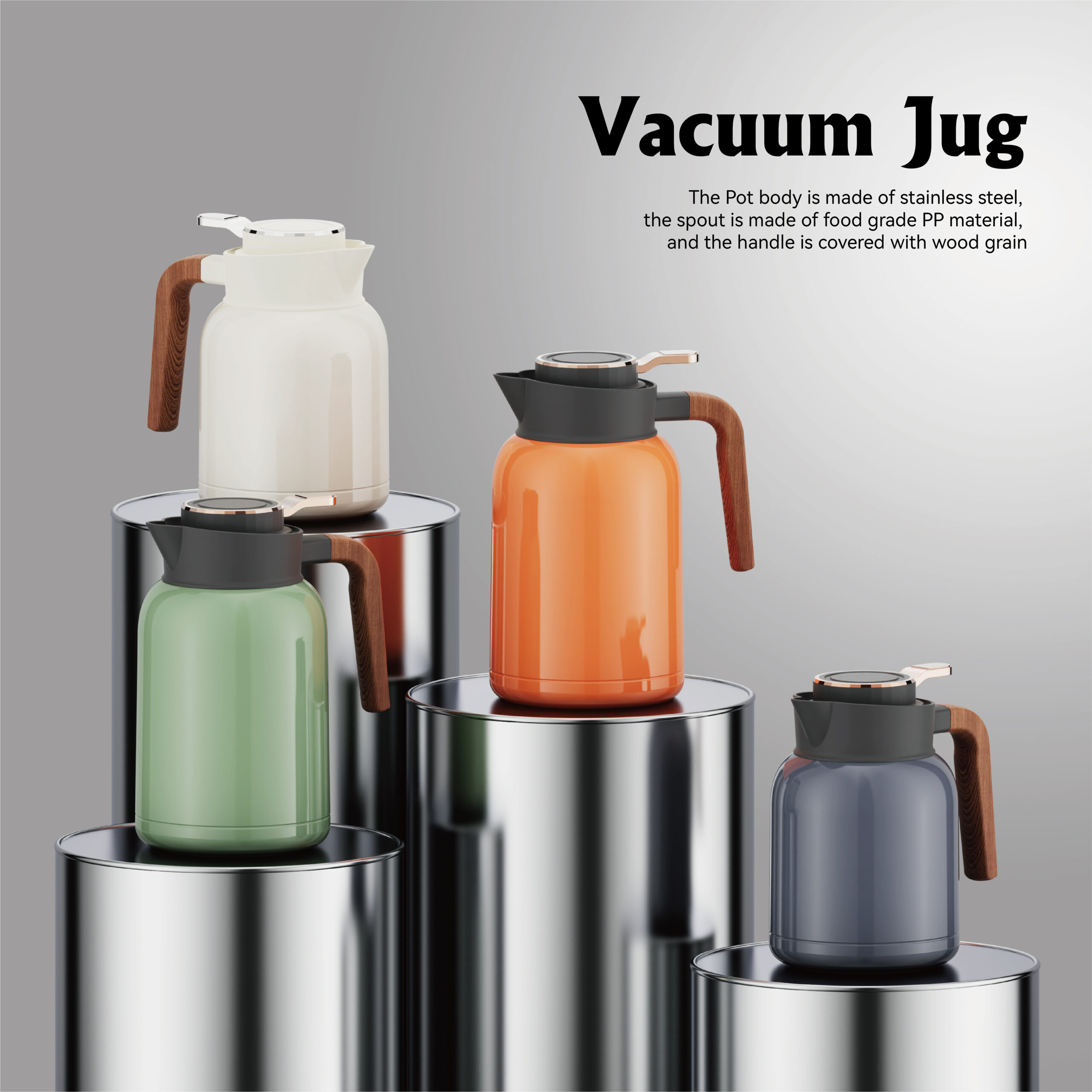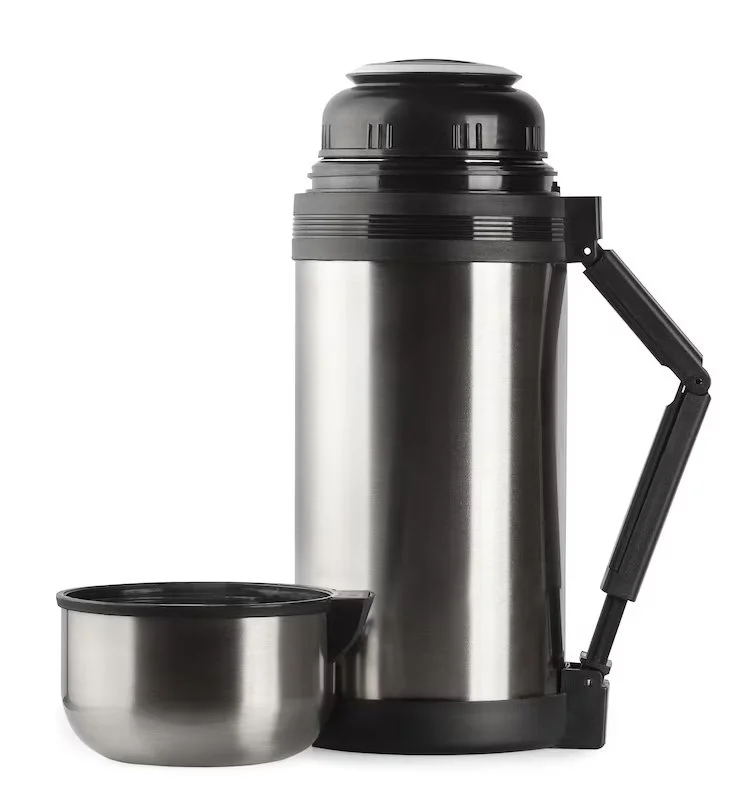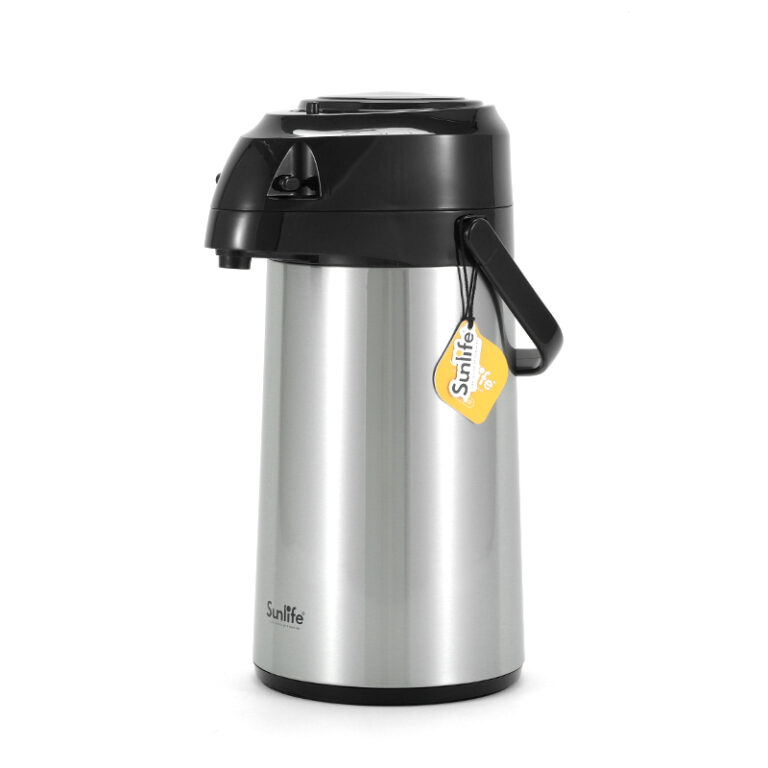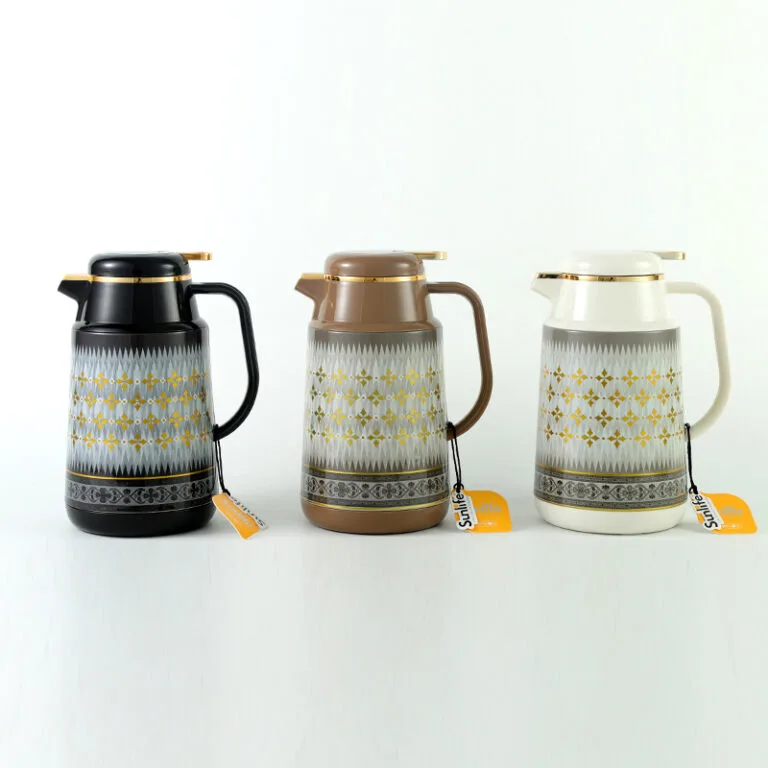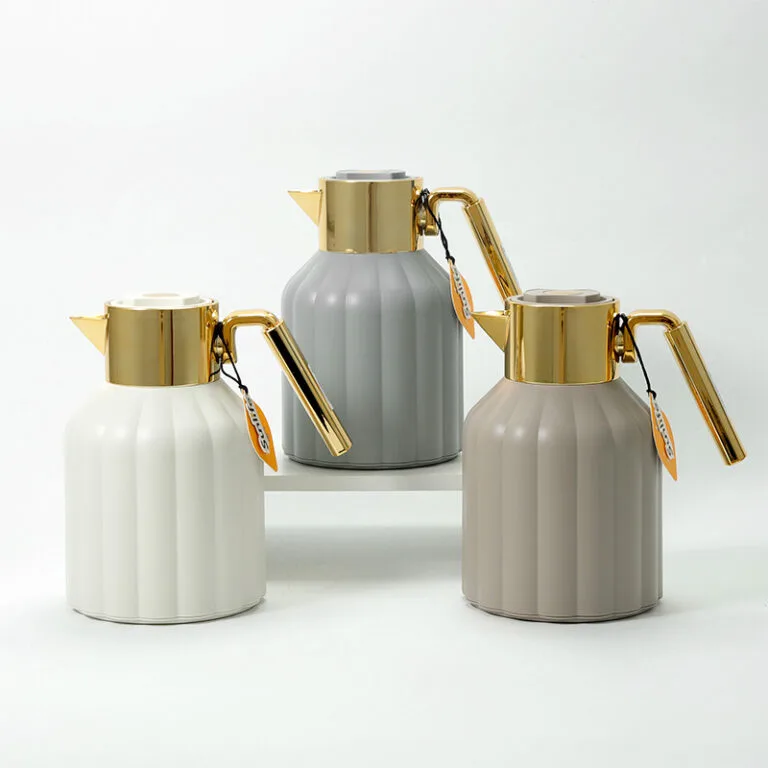At Veley, we understand how annoying it is when your container doesn’t keep your drink warm as long as you hoped. A thermos is built to hold beverage temperatures for hours. However, several issues can weaken its ability. In this clear guide, we’ll explain why a thermos loses warmth, list frequent reasons for heat escape, and share useful tips to boost its performance. Whether you’re traveling to work, camping, or working at a desk, this article will help you keep your drinks at the right temperature.
The Functionality of a Thermos
How a Thermos Retains Heat
A thermos, or vacuum bottle, works to stop heat from moving. It keeps hot drinks warm and cold drinks cool. It limits three kinds of heat movement: conduction, convection, and radiation. A typical thermos has an inner and outer wall, often made of strong metal or glass, with an empty space between them. This empty space blocks heat from leaving or entering. As a result, your drink stays at the desired temperature.
Our Sunlife 3.2L Iron Body Thermos Flask uses advanced empty-space technology. It ensures long-lasting temperature control. This makes it great for big groups or long journeys.
The Role of Vacuum Insulation in Heat Retention
The empty space is the key to a thermos’s success. It removes air between the walls. This stops conduction and convection. Many thermoses, like our Daydays 2.0L Thermo Glass Bottle, also have shiny coatings. These reduce radiation. Consequently, they improve heat holding. However, damage to this empty space can greatly reduce performance.

Common Causes of Heat Loss in a Thermos
Let’s explore the main reasons a thermos might not keep heat.
Faulty Vacuum Insulation
Causes of Vacuum Seal Damage
The empty space is fragile. It can break due to:
- Physical bumps: Dropping or hitting the thermos can crack the inner walls. This ruins the empty space.
- Factory flaws: Though rare, a weak seal may fail early.
- Sudden temperature shifts: Pouring very hot water into a cold thermos can stress the seal.
Signs of Insulation Failure
Watch for these clues:
- The outside feels warm when filled with a hot drink.
- Drinks cool much faster than expected.
- You see moisture or hear odd sounds when shaking the thermos.
Improper Usage and Maintenance
Incorrect Cleaning Practices
Wrong cleaning can harm a thermos over time. Common errors include:
- Using a dishwasher: High heat and strong soaps can hurt seals and coatings.
- Rough scrubbers: These can scratch the inner surface, affecting the empty space.
- Soaking too long: Keeping it in water for hours can weaken gaskets or seals.
Misuse Leading to Structural Damage
Using a thermos incorrectly can damage its frame:
- Filling it too full, which puts pressure on the lid and seal.
- Storing fizzy drinks, which increase inside pressure.
- Using it for items like thick soups, which can block or harm the interior.
Wear and Tear Over Time
Material Degradation with Prolonged Use
Even strong materials wear out:
- Strong metal: Rust from acidic drinks like coffee can weaken the inner surface.
- Glass insides: Tiny cracks can form after repeated use. This harms the empty space.
- Seals and gaskets: Rubber or silicone parts wear down. This allows air to leak.
Impact of Frequent Temperature Fluctuations
Switching between hot and cold contents often stresses the thermos. For example, using it for iced drinks one day and hot tea the next can tire out its parts. Over time, this causes material weakness.
External Factors Contributing to Heat Loss
Influence of Ambient Temperature
Extreme outside temperatures affect performance. In very cold weather, a thermos loses heat quickly. In hot weather, it struggles to keep cold drinks chilled. So, store your thermos in a mild environment when you can.
Effects of Frequent Opening and Closing
Every time you open your thermos, warm air escapes. Cooler air comes in. Opening it often, especially quickly, reduces heat holding. Therefore, open it only when necessary to maintain temperature.
Quality and Material Composition
Not all thermoses are made the same. Poor materials or weak construction lead to faster heat loss. At Veley, we use top-quality materials. This ensures strength and performance.
Tips for Maintaining the Efficiency of a Thermos
Here’s how to keep your thermos working well:
Proper Cleaning Techniques
| Do | Don’t |
| Wash by hand with gentle soap and warm water | Put in a dishwasher |
| Use a soft sponge or bottle brush | Use rough scrubbers |
| Dry completely before storing | Leave wet or damp |
Storing and Handling Recommendations
- Store with the lid off to avoid mold or smells.
- Avoid dropping or rough treatment to protect the empty space.
- Keep in a stable, mild-temperature place.
Choosing the Right Thermos for Specific Needs
Think about your needs when picking a thermos:
- Size: Bigger models like our Sunlife 3.2L Thermossuit groups.
- Material: Strong metal for toughness, glass for clean taste.
- Features: Choose leak-proof lids or easy-grip handles for convenience.
Veley: A Trusted Thermos Supplier
Commitment to Quality and Durability
We are proud to make thermoses that last. Based in Yongkang, Zhejiang, we have over 20 years of experience. We use modern manufacturing and strict quality checks. Our ISO9001 and ISO14001 certifications show our focus on excellence and care for the environment.
Innovative Features in Veley Products
Our thermoses offer:
- Double-walled empty-space insulation for excellent heat holding.
- Comfortable designs, like the handgrip on our Sunlife models.
- Tough materials that resist rust and wear.
Explore our products or contact us to find the best thermos for you.
Final Thoughts on Why a Thermos Fails to Retain Heat
A thermos is a dependable tool. But its performance relies on proper use, care, and quality. By knowing common reasons for heat loss—like broken insulation, wrong use, or outside factors—you can extend its life. At Veley, we provide high-quality thermoses that perform reliably. Choose the right thermos, care for it well, and enjoy your drinks at the perfect temperature every time.
Frequently Asked Questions (FAQs)
What should I do if my thermos stops retaining heat?
Check for signs of empty-space failure. Look for a warm outside or fast cooling. If it’s damaged, consider a new, high-quality model like our Daydays 2.0L Thermos. For small issues, follow proper cleaning and use habits.
How often should I replace my thermos?
With good care, a strong thermos can last 5-10 years. Replace it if you notice major heat loss, visible damage, or worn seals. Regular care makes it last longer.
Can I repair a thermos with damaged insulation?
A broken empty space is very hard to fix. It requires precise work. We suggest replacing the thermos for safety and performance. Visit our homepage to see sturdy options.

